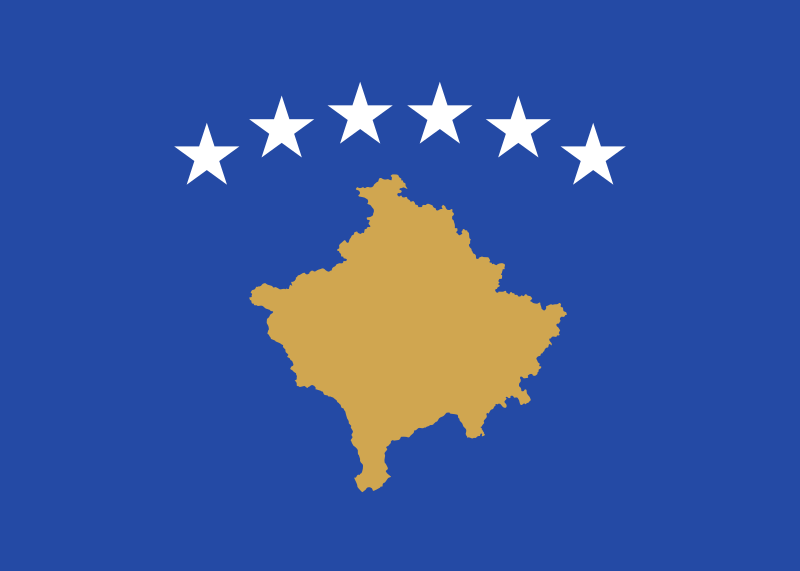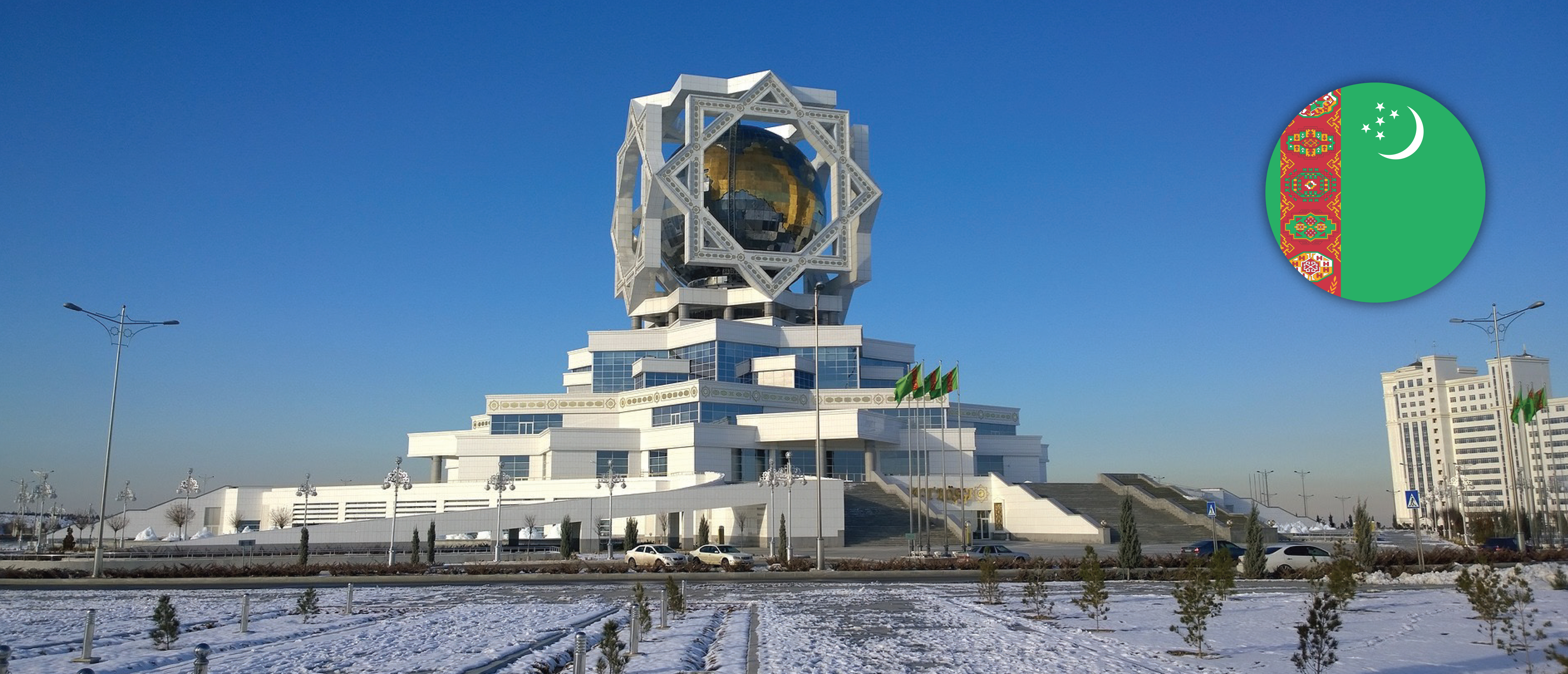General Information
Population
Immigration
Emigration
Working-age population
Unemployment rate
GDP
Refugees, Asylum seekers, IDPs
Citizenship
Territory
Migration Authorities
Responsible Body
Line Ministries
Agencies
Key Policy Documents
Description
Turkmenistan features a growing and young population, amounting to 7,057,841 people, according to the population census results released at the end of 2022. The population is nearly evenly split between men and women, with 47.1% living in urban areas and 52.9% in rural areas. 57% of the population is of working age with the median age projected to reach 35.2 years by 2040. Unofficial sources, opposite to the official census data, report a population decline, resulting from substantial emigration and a declining fertility rate, providing a population estimate of under 3 million.
Turkmenistan is predominantly a country of emigration. In 2019, media announced that 1.9 million Turkmens had left the country in 2008-2018, mainly because of the deteriorating economic situation and for political reasons. The same year, more than 100,000 people left the country, with the vast majority migrating to Türkiye for employment. In 2019, over 133,000 Turkmens resided in Türkiye, but their number has been on decline, reaching 116,447 in 2022. The decline has been associated with Türkiye ending the visa-free travel for Turkmen at Ashgabat’s request in September 2022 and intensifying efforts against irregular migration. As a result of the latter, thousands of Turkmen undocumented migrants have been forced to leave the country since September 2023. According to the Turkish Ministry of Interior, close to 112,000 Turkmen nationals held residence permits in Türkiye in mid-2024, of which 62,5 % were holders of short-term permits, close to 18% had student permits and another 6,5 % had permits issued for family reasons.
Apart from Türkiye, Russia, Belarus, Kazakhstan, Uzbekistan, and the Gulf countries represent further popular destinations for Turkmen nationals. In 2019, more than 14,000 people migrated to Russia for longer-term residence – a record number not seen since 1997. In 2023, this number stood at above 13,345. In addition, over 27,000 Turkmen students enrolled to higher education institutions in Russia in the 2022/2023 academic year, marking a sevenfold increase over a decade. Against various restrictions imposed by Turkmenistan on cross-border mobility of its nationals, student migration remains a viable option to emigrate in a regular manner. While most migratory movements remain temporary (nearly 90,000 Turkmen citizens crossed the border into Russia and 50,000 from Russia in 2023; a three-time increase in flows compared to 2022), a tendency towards permanent emigration can also be observed. For instance, the number of Turkmens acquiring Russian citizenship increased from 729 persons in 2017 to 3,484 in 2022, and reached over 1,700 in the first half of 2023 (thereafter, the Russian Ministry of the Interior stopped publishing data in its previous format, also removing historical data for previous year in early 2024).
Based on the number of work permits, which grew from just over 350 in 2017 to 2,780 in 2023, more Turkmen labour migrants were opting for Russia as Türkiye introduced visa for them at the end of 2022. However, the number of the Turkmen labour migrants returning from Russia is also increasing. These returnees primarily include those who went to Russia on short-term visas and came back after their visas expired, as well as those who were detained by the police and deported following a terrorist attack at the Crocus City concert hall in late March 2024.
A Turkmen diaspora is present in nearly all post-Soviet countries, as well as in Iraq (about 3 million people), Syria (about 3 million), Afghanistan (about 2 million), and Iran (from 1.5 to 3 million). Experts estimate that some 10 million ethnic Turkmens live in countries beyond the post-Soviet space. Within the EU, Germany was by far the main destination for Turkmen citizens who held over 1,200 valid residence permits in 2022. However, the number of residence permits held by Turkmen citizens in Poland surged from 273 in 2020 to 2,226 in 2022, with most of them issued for work purposes. With fewer Ukrainian men present on the Polish labour market due to the ongoing war, more Central Asian migrants, including Turkmen, come to work in Poland. The increasing numbers also support the growing economic (mostly in petroleum sector), trade, and business ties between Turkmenistan and Poland in recent years, which also necessitate the opening of a Turkmen diplomatic representation in Warsaw.
Meanwhile, the number of irregular Turkmen migrants in the EU is insignificant: for the past five years, around 100 irregular migrants were registered annually and ordered to leave while 80 returned following the order in the first quarter of 2024 and even fewer refused to enter the EU. These numbers mostly concern three countries in the EU: Poland, Germany and the Netherlands.
The quest for international protection primarily targets the US that hosts some 260 Turkmen refugees since 2017, followed by Germany hosting 165 refugees in 2023. Furthermore, Türkiye hosts some 25,000 Turkmen refugees (mostly Turkish-speaking Syrian Turkmen that make up the third largest ethnic group in the country).
According to the UN Population Division, Turkmenistan hosts nearly 195,000 foreign nationals, primarily from Russia, Uzbekistan and Kazakhstan, with the immigrant stock steadily decreasing. The country also hosts almost 3,351 stateless persons and some 13 refugees from neighbouring Afghanistan and Tajikistan. Importantly, Turkmenistan undertakes steps to end statelessness on its territory. Since the launch of the global iBelong Campaign to End Statelessness at the end of 2014, the Government of Turkmenistan has granted nationality to over 16,500 persons. In 2022 alone, Turkmenistan granted citizenship to a group of 1,530 stateless people. Over the past 15 years, 26,000 refugees and stateless persons received Turkmen citizenship.
Turkmenistan is a participating state of the Prague, Budapest and Almaty Processes. It has endorsed the Global Compact for Migration, committing to establish regular, orderly and safe migration pathways. This commitment is reflected in its 2017 Migration Concept, national plans, strategies, the Law on Migration, and other legal acts. In recent years, Turkmenistan has amended key legislation including the Law on Refugees, the Law on Migration and the Law on Combatting Human Trafficking. In January 2019, the government adopted the National Action Plan for the Elimination of Statelessness 2018-2024. Additionally, in December 2019, Turkmenistan introduced a new National Action Plan for 2020-2022 to combat human trafficking and launched the National Referral Mechanism 2019-2021 focusing on the identification and assistance of trafficked persons.
Relevant Publications



















































